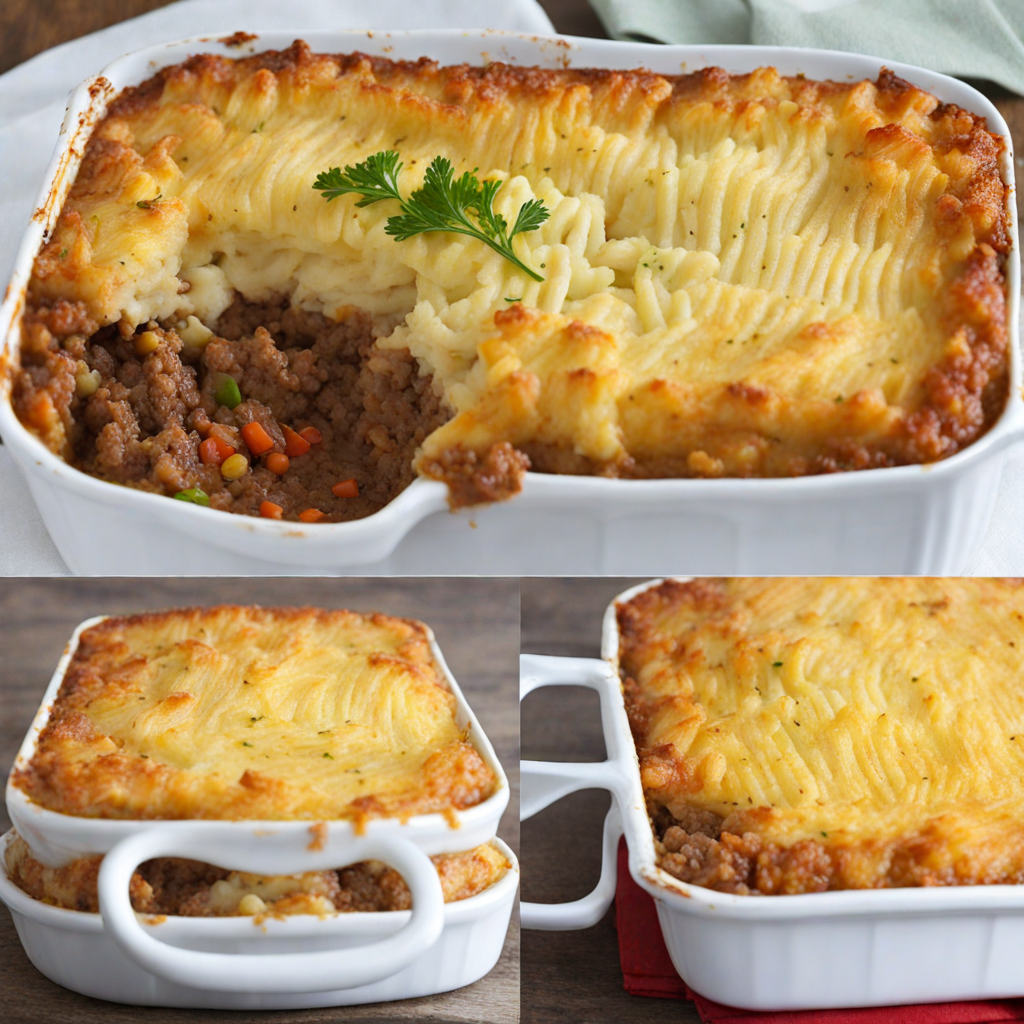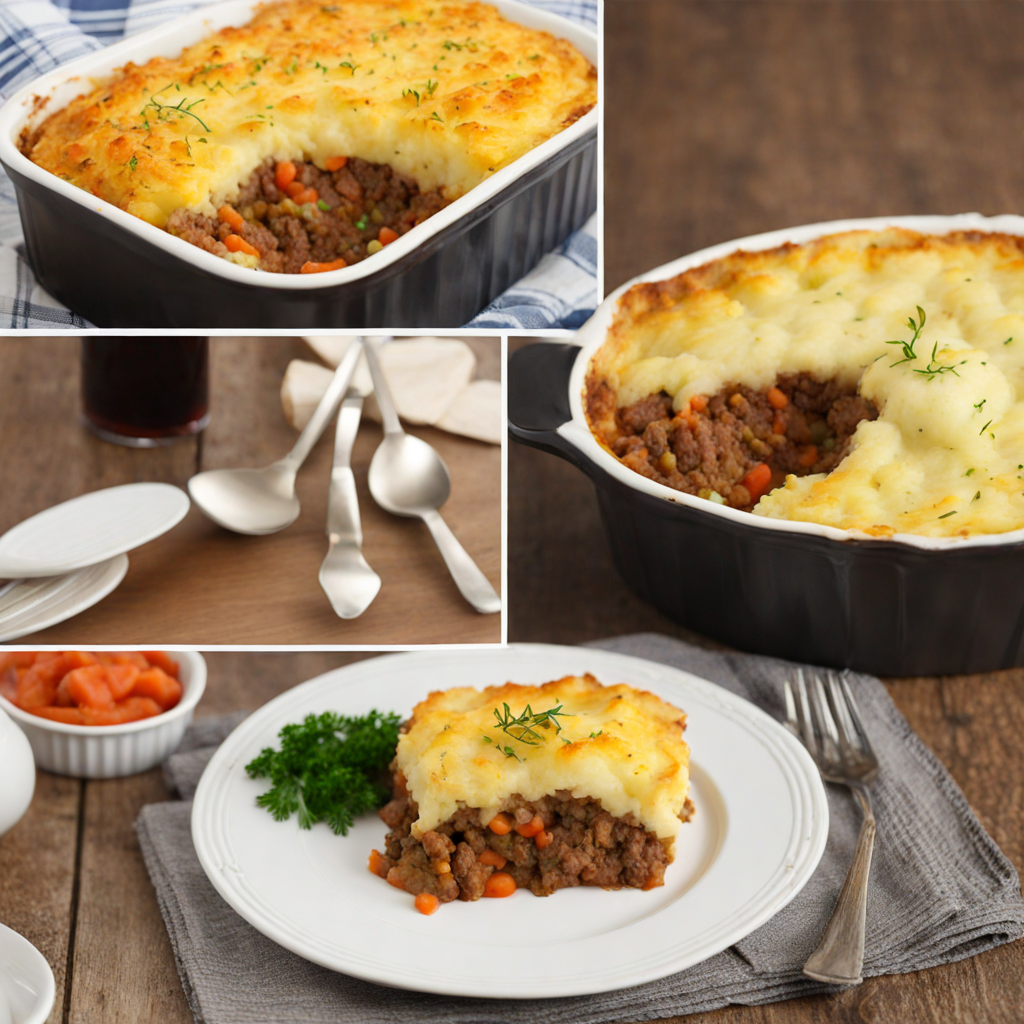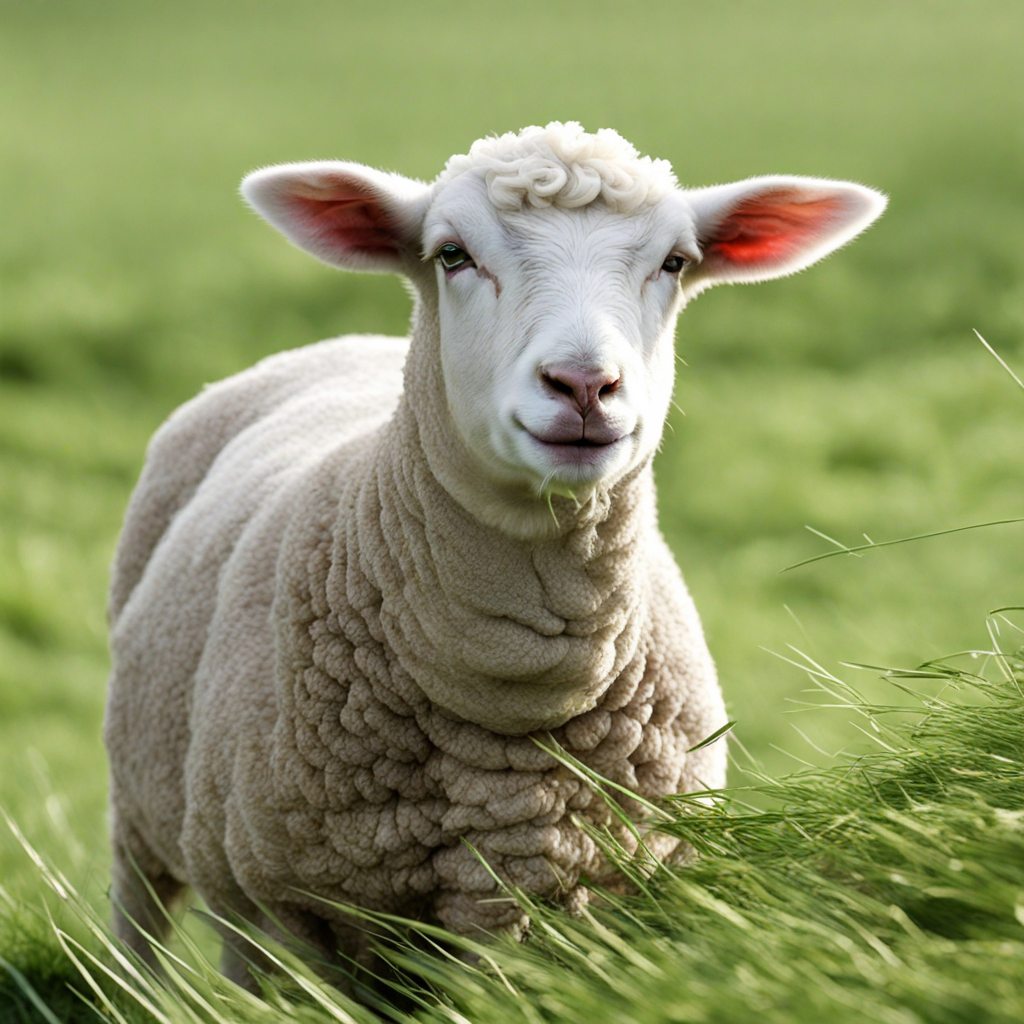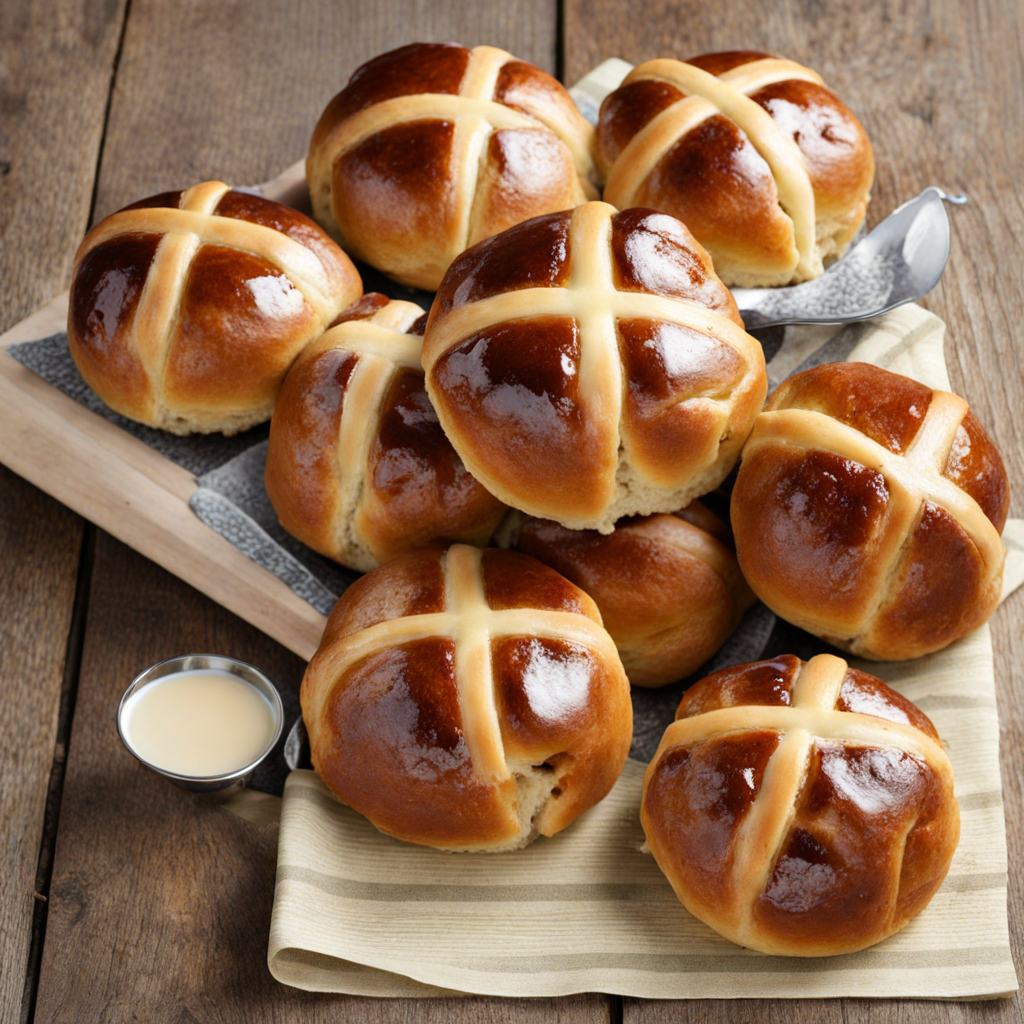Cottage Pie
Cottage Pie is a comforting and hearty dish that hails from the United Kingdom, traditionally made with minced meat, usually beef, and topped with a fluffy layer of creamy mashed potatoes. The filling is richly flavored with a medley of vegetables such as carrots, peas, and onions, all simmered together with savory herbs like thyme and rosemary. This combination of savory meat and vibrant vegetables creates a warm and satisfying base that is both filling and delicious. As the dish bakes in the oven, the mashed potato topping develops a golden crust that contrasts beautifully with the tender filling beneath. The potatoes are often enriched with butter and milk, lending a velvety texture that melts in your mouth. Some variations may include a sprinkle of cheese on top, adding an extra layer of flavor and a delightful crispiness when baked. The aroma wafting from the oven as it cooks is enough to make anyone's mouth water in anticipation. Cottage Pie is not just about taste; it embodies the essence of comfort food, perfect for warming you up on a chilly day. Served alongside a simple green salad or some crusty bread, it provides a wholesome meal that can please a crowd. This dish has a rich history and reflects the rustic culinary traditions of the UK, making it a beloved staple that continues to be enjoyed by families and food lovers alike.
How It Became This Dish
The History of Cottage Pie: A Culinary Journey from Hearth to Table Cottage pie is a beloved dish that evokes comfort and nostalgia, with its hearty filling of meat and vegetables topped with creamy mashed potatoes. While it is often associated with the rustic charm of the British countryside, the origins and cultural significance of cottage pie reveal a rich tapestry of history that spans centuries, reflecting the social and economic changes in the United Kingdom. #### Origins: The Humble Beginnings The term "cottage pie" can be traced back to the late 18th century, although the concept of a meat pie topped with a starchy crust is much older. The earliest references to a dish resembling cottage pie appear in the book "The Art of Cookery Made Plain and Easy" by Hannah Glasse, published in 1747, where she describes a recipe for "meat pie." However, it was not until the 1790s that the specific term "cottage pie" began to gain traction. The dish was primarily associated with the rural working class, particularly those living in cottages, hence the name. It was a resourceful way to use leftover meat and vegetables, particularly when times were tough. The pie's filling often consisted of minced beef, although any leftover meat could be utilized, making it a versatile and economical choice for families. The use of potatoes as a topping became common in the early 19th century, especially after the potato was introduced to Britain from the Americas in the late 16th century. #### Cultural Significance: A Reflection of Society Cottage pie is emblematic of the broader culinary tradition in the UK that prioritizes frugality and resourcefulness. The dish's origins in the working class highlight the importance of using available ingredients to create nourishing meals. During the Industrial Revolution in the 19th century, as people flocked to urban areas for work, cottage pie became a staple in many households, offering a filling meal that could feed a family at a low cost. The cultural significance of cottage pie further extends to its role in British identity. As Britain began to form a sense of national cuisine, dishes like cottage pie became symbols of home and comfort. The Victorian era heralded a period where cottage pie was widely embraced, featuring prominently in cookbooks and family meals. It became not just a dish for the poor, but also one that found its place in middle-class dining, often served in more refined settings. #### Development Over Time: From Cottage to Table As the years progressed, cottage pie underwent various transformations. By the late 19th century, it began to appear in more formal dining contexts. The introduction of the term "shepherd's pie"—which specifically refers to a version made with lamb—further distinguished the two dishes while highlighting regional preferences. In some parts of the UK, especially in the north, shepherd's pie became popular due to the prevalence of sheep farming. The two variations—cottage pie and shepherd’s pie—became intertwined, with many people using the terms interchangeably, though purists insist on reserving "shepherd's pie" for lamb-based recipes. This culinary distinction reflects how regional ingredients and practices can shape even the simplest of dishes. The 20th century saw cottage pie's evolution in response to changing dietary habits and the impact of global influences. The two World Wars brought rationing and food scarcity, leading households to become even more inventive with their recipes. Cottage pie remained a comforting staple, as it could easily adapt to whatever ingredients were on hand. The post-war period saw a renewed interest in traditional British cuisine, and cottage pie was celebrated for its hearty and satisfying nature. #### Modern Interpretations: A Global Favorite In the 21st century, cottage pie continues to be a favorite in British homes and has gained international recognition. Chefs and home cooks alike have experimented with the classic recipe, incorporating various ingredients to suit contemporary tastes. Variants such as vegetarian cottage pie, made with lentils or mushrooms, and even gluten-free versions have emerged, reflecting the increasing demand for dietary accommodations. Restaurants, both in the UK and abroad, have embraced cottage pie, often presenting it with gourmet flair. Some establishments have added unique twists, such as incorporating different types of meats, exotic spices, or even incorporating seasonal vegetables to enhance the dish’s flavor profile. This innovative approach ensures that cottage pie remains relevant in the modern culinary landscape while retaining its comforting essence. #### Conclusion: A Dish for Every Generation Cottage pie is more than just a meal; it is a narrative woven into the fabric of British history, reflecting the resilience and adaptability of its people. From its humble beginnings as a peasant dish to its status as a beloved classic, cottage pie embodies the spirit of home-cooked comfort. As families gather around the table to enjoy this hearty dish, they partake in a tradition that transcends time and geography, reminding us of the simple pleasures of good food and shared memories. In a world that continues to change rapidly, cottage pie stands as a testament to the enduring nature of traditional recipes. It serves not only as a delicious meal but also as a cultural artifact that connects generations, reminding us that no matter how much the world transforms, the joy of sharing a hearty dish remains timeless. Whether served on a rainy Sunday afternoon or at a festive family gathering, cottage pie will always hold a special place in the hearts—and stomachs—of those who cherish it.
You may like
Discover local flavors from United Kingdom







